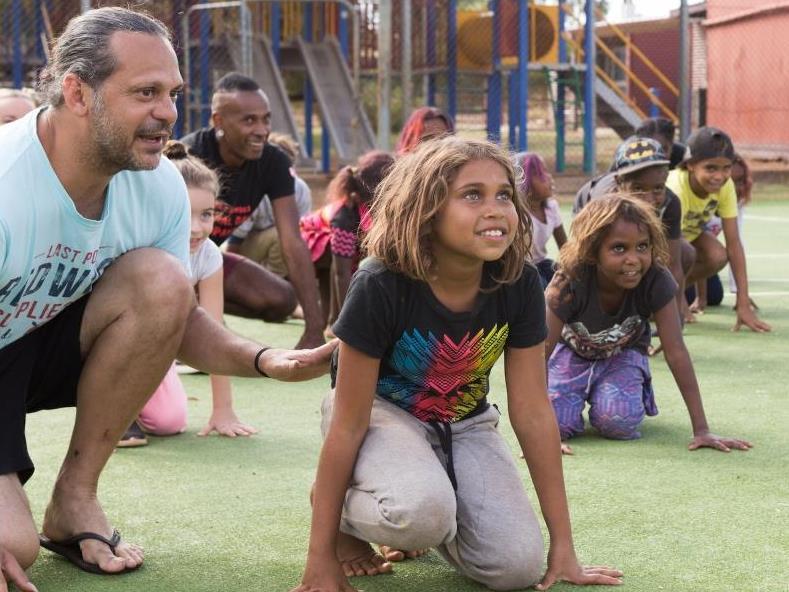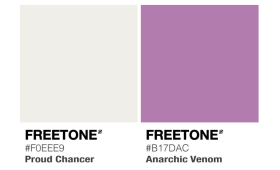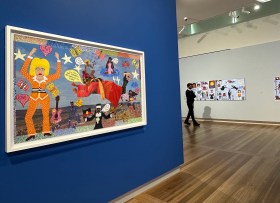Image: Sidney Saltner (left) teaches students in the Rekindling program. Photo by: Brendan Blacklock
Rekindling is Bangarra Dance Theatre’s youth outreach program. It began in 2013 and has since been delivered in 25 communities across five states with more than 450 young people completing the program.
‘I think one of the main things is that some of the kids probably think that the program is dance training and it’s not about that,’ said Saltner, who is one of three Bangarra alumni to deliver the program, alongside Chantal Kerr and Patrick Thaiday.
‘It’s about everyone coming in to learn, and dance is just a tool that we use to express this.’






